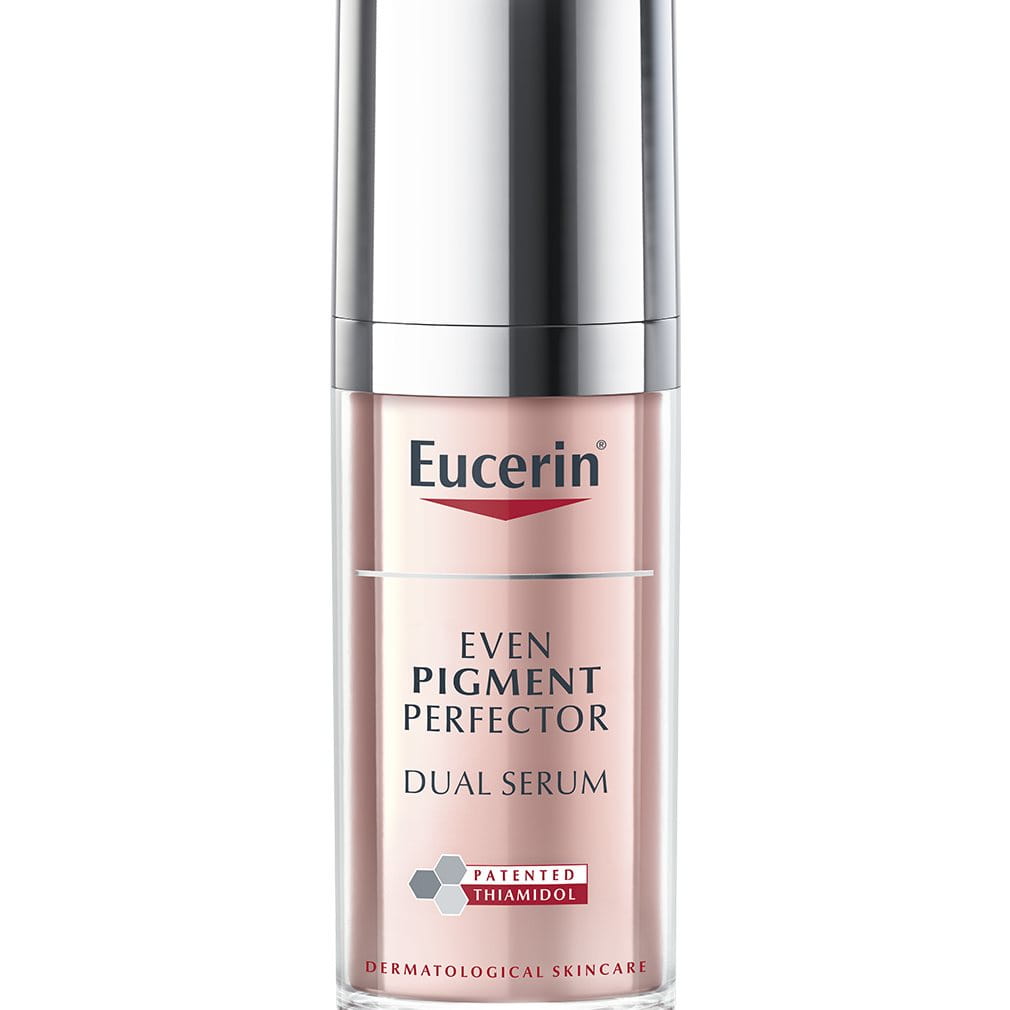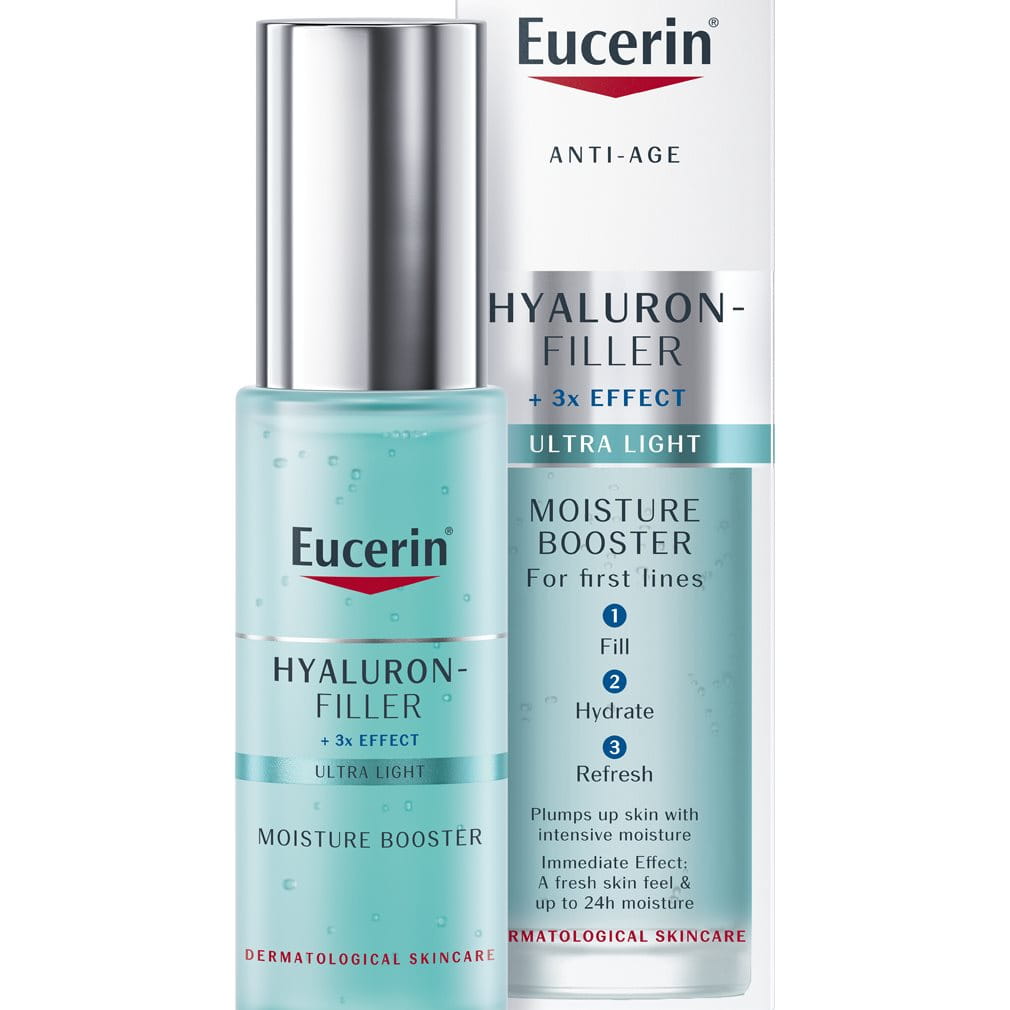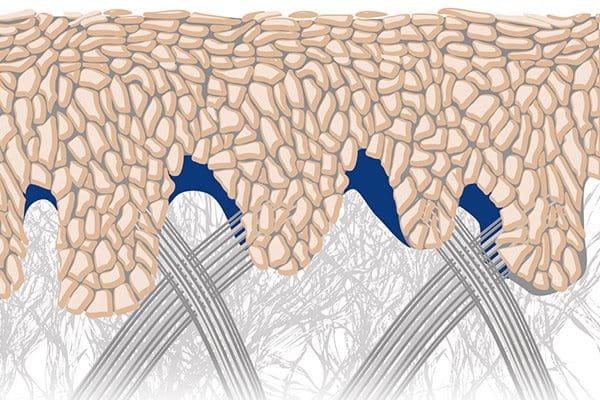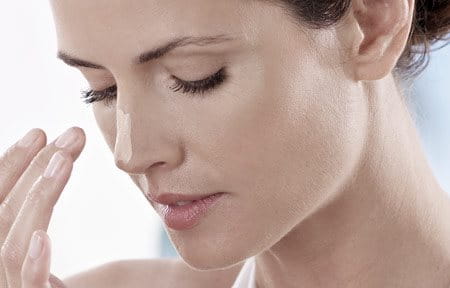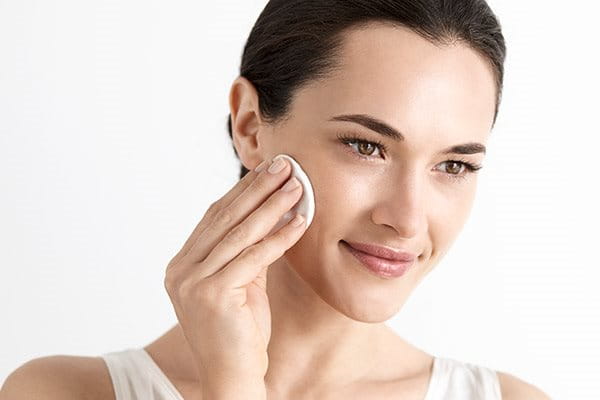Skin is a living organ and undergoes significant changes during a person’s lifetime: from the delicate skin of a newborn baby, through the teenage years when some are acne-prone, to the wrinkles of later life. Each stage has its own demands and skin care should reflect these changing needs. Choosing appropriate products to cleanse, protect, nourish and repair skin at each of these stages will help to keep it healthy and ensure that your skin looks and feels its natural best, whatever your age.


The outermost layer of the epidermis (the horny layer) is particularly thin and the cells are less tightly packed than in adult skin. Sweat and sebaceous glands are also less active and so the hydrolipid film is relatively weak. This means that the barrier function is impaired and baby skin is:
- less resistant,
- especially sensitive to chemical, physical and microbial influences,
- prone to drying out,
- more sensitive to UV.
Sensitivity to UV is further enhanced by the fact that babies also have low skin pigmentation. Melancocytes (the cells responsible for melanin production) are present, but less active and so babies should be kept out of the sun.
Babies also have more difficulty regulating their body temperature than adults. This is because:
- the surface area of their body is relatively large,
- their sweat glands are less active,
- their skin circulation is still quite slow to adapt.
Children’s skin

By the age of four, skin and its appendages (such as hair, nails and glands) are a little bit more mature. However, children’s skin is still thinner and has less pigmentation than adult skin. Because these self-protection mechanisms are less developed, young skin is particularly sensitive to UV radiation. Read more about baby and children’s skin and about how the sun affects it in how does sun affect babies and children’s skin.
By the age of 12, the structure and function of a child’s skin corresponds to that of an adult.
The teenage years
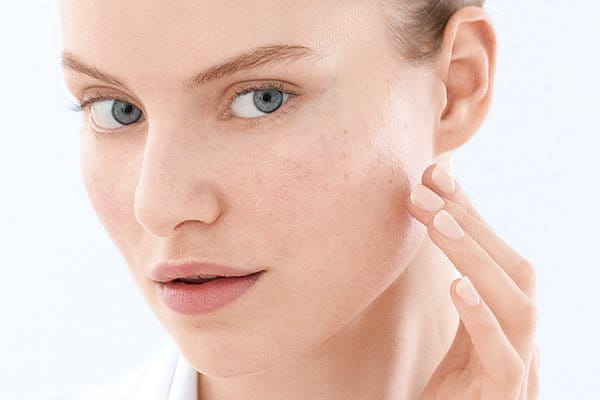
The hormonal changes of puberty can have dramatic effects on skin – particularly on the face, shoulders, chest and back. Increased sebum production and disturbed corneocyte shedding can lead to skin becoming oily and acne-prone. This usually disappears as the teenager matures although for some, especially women, acne can go on into middle age and beyond.
Late 20s

Genetics, lifestyle and environment will determine the stage at which the epidermis and the dermis start to thin but, from around the age of 25, the first signs of ageing may appear, normally in the form of fine lines.
When skin starts to thin, its barrier function and its natural protection against UV also gradually reduce.
Collagen mass and flexibility also begin to deplete at a rate of approximately 1% a year.
During your 30s
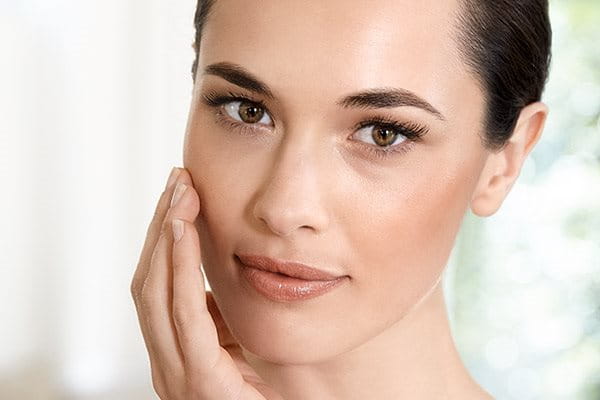
- Skin’s barrier function weakens
- The metabolic processes of the cells begin to slow down
- Skin moisture loss increases as skin produces less Hyaluronic Acid and existing Hyaluronic Acid starts to degrade.
- Collagen continues to degrade at 1% a year and more fine lines and wrinkles form
40s to late 50s
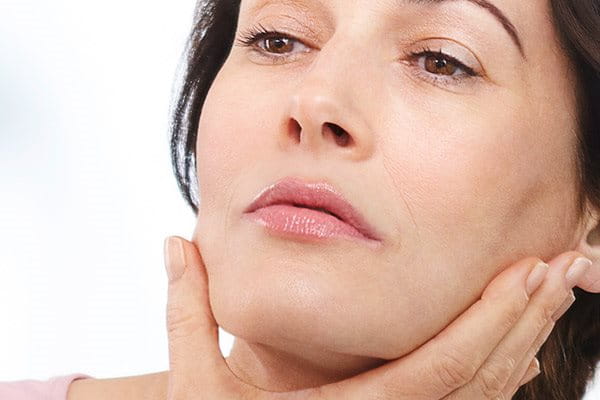

Over the next few decades skin structure gradually changes:
Epidermis:
The ordered arrangement of the individual layers of the epidermis is lost. Fewer cells are formed, existing cells shrink and the top layers of skin become thinner. This can lead to:
- An increase in roughness and dryness
- An increase in fine lines and wrinkles
- Areas of hyperpigmentation (known as age spots)
- impaired wound healing and an increased risk of skin infection
Dermis:
Connective tissues in the middle layer of skin lose their fibrous structure and water-binding ability and start to degenerate. This leads to:
- a loss of volume and a noticeable change in the contours of facial skin
- the development of deep wrinkles
There is also a gradual decrease in micro-circulation in the dermis. The dermis provides nutrients to the epidermis so, without nourishment, both layers and the connections between them become thinner and flatter, resulting in the loss of density common in post-menopausal women. Reduced blood flow also causes a loss of radiance. Skin can appear duller and some broken capillaries may appear.
Subcutis:
The lower layer of fatty tissue gradually reduces, which also contributes to the loss of volume that can lead to deep wrinkles. Skin energy is also reduced and skin becomes less resilient to pressure.
60s & 70s
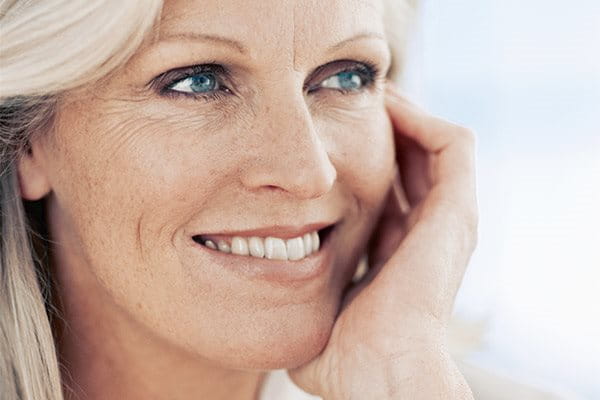
During your 60s and 70s:
- The skin’s natural ability to produce lipids decreases which, along with the continued decline in Hyaluronic Acid and collagen production, results in dryness, dehydration and deep wrinkles.
- Skin regeneration slows down and it becomes increasingly thin resulting in a loss of elasticity. Wound healing is also impaired.
- UV sensitivity increases and skin is prone to hyperpigmentation (e.g. age spots).
From the late 70s onwards, skin’s immune function has reduced, making it more susceptible to infection.
Read more about skin in skin structure and function and about how it ages in how does skin age and how should I care for it? Male and female skin ages differently. To find out more read how male and female skin differs.
